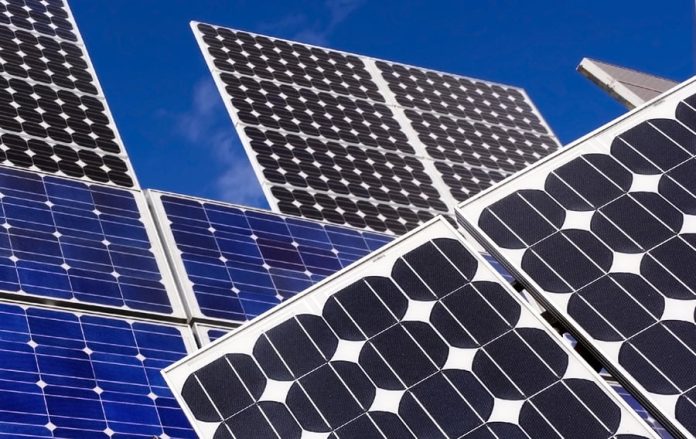Q: We’re installing a 4-input surveillance system and a 2-door access control and alarm panel inside a shed remote site with 3G connection. Trouble is there’s no power to the site. Do you think a 12V solar system and an inverter would be sufficient to manage such an application? We’re thinking we might be able to build such a simple system ourselves. Any thoughts on cost?
A: YOU could build a small and relatively robust solar system yourselves, but the client will need to understand that the solar system will cost more than the security system. The first thing you’ll need to establish is the current draw and go from there. An NVR, 4 cameras, 3G router and a staged regulator will draw less than 2.5A per hour typically, which is an overall draw of 60 AH per day – you’ll need to add the draw of the control panel, readers and door locks.
As a baseline, you need a solar array that can generate more than 60A every day and you’ll need a battery that can store then deliver that current without being drawn down much past 70 per cent total capacity in hours of darkness/heavy cloud. A couple of Solawatt 160 watt (9A per panel) solar panels would more than do the job and cost around $600. This generation plant would exceed your capacity in ideal conditions, even though it would also be delivering 20A each day to support the security equipment.
You’d probably want one battery with a 200AH capacity – as you’re installing the system inside, you’ll want AGM batteries to ensure no spilling or venting. A 200AH AGM battery would be more than $1000 for something mil-spec like a Lifeline, or around $500 for something more affordable, such as a Fullriver or a Giant. You’ll need a multi-stage regulator – something like a Sunsaver 20L would be right for a system this size – they cost about $180.
If you want a monitor in the circuit to be able to synchronise the batteries, a Xantrex LinkLite – that’s another $300. This system will deliver 12V, so you’ll need an inverter – something like an Aepro 300W would be enough – another couple of hundred. A system like this would be over-spec in ideal conditions and could also run LED lighting, a fan, a 12V Waeco fridge, as well as charging small portable devices when techs or other staff were on the site. The Aepro 300 has an integrated USB port for charging devices.
We’d be building the system in our own backyard and running it for a period in a range of weather conditions before taking it anywhere. You may find a succession of cloudy days takes you closer to the battery’s harmful discharge point than you are comfortable going. Bear in mind that an AGM battery of high quality can be discharged below 50 per cent but if this happens often, battery life will be drastically reduced. Given the demands of this system and its strong generation capacity, the first thing we’d add in that case would be AH.









